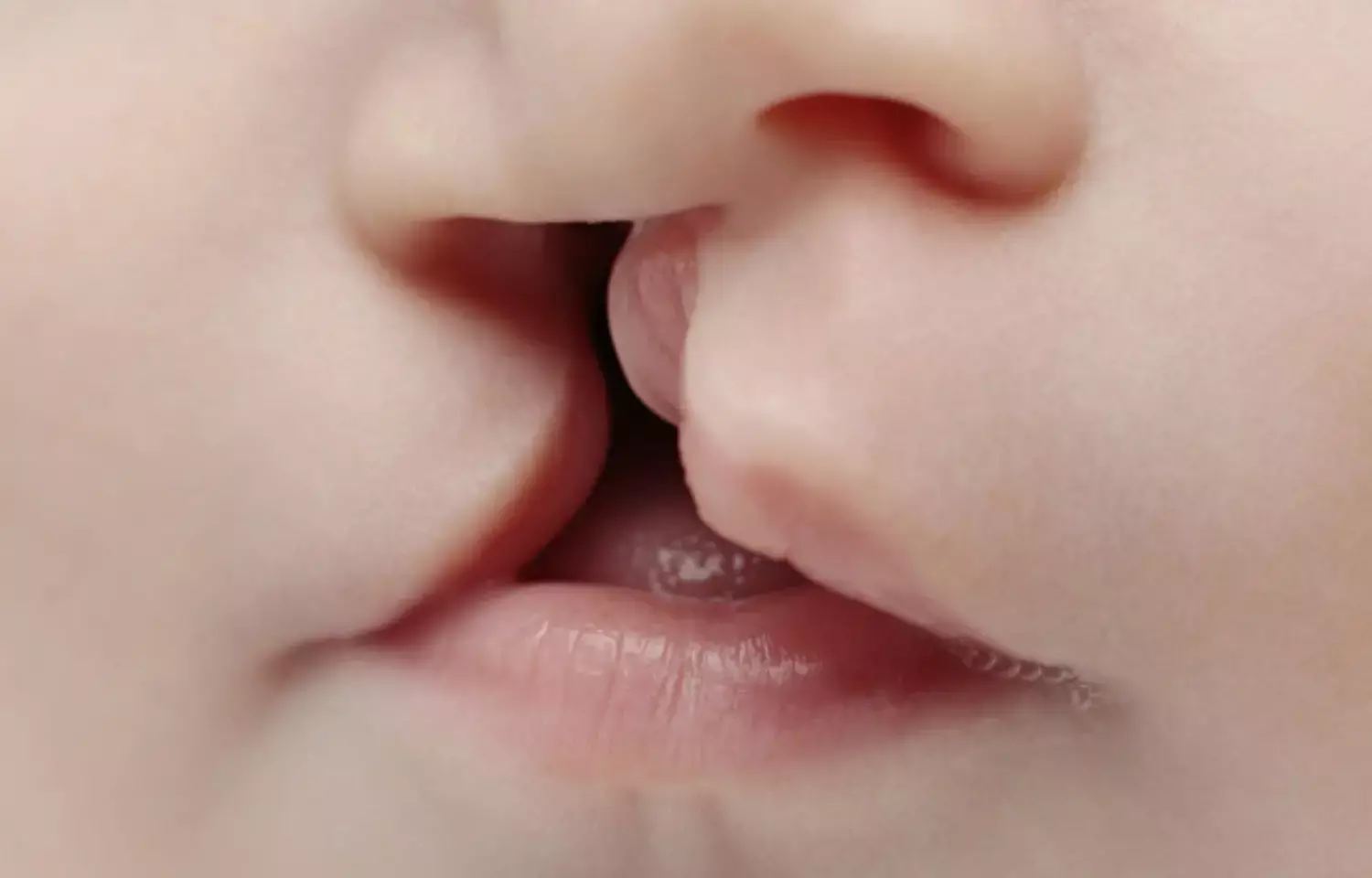- Home
- Medical news & Guidelines
- Anesthesiology
- Cardiology and CTVS
- Critical Care
- Dentistry
- Dermatology
- Diabetes and Endocrinology
- ENT
- Gastroenterology
- Medicine
- Nephrology
- Neurology
- Obstretics-Gynaecology
- Oncology
- Ophthalmology
- Orthopaedics
- Pediatrics-Neonatology
- Psychiatry
- Pulmonology
- Radiology
- Surgery
- Urology
- Laboratory Medicine
- Diet
- Nursing
- Paramedical
- Physiotherapy
- Health news
- Fact Check
- Bone Health Fact Check
- Brain Health Fact Check
- Cancer Related Fact Check
- Child Care Fact Check
- Dental and oral health fact check
- Diabetes and metabolic health fact check
- Diet and Nutrition Fact Check
- Eye and ENT Care Fact Check
- Fitness fact check
- Gut health fact check
- Heart health fact check
- Kidney health fact check
- Medical education fact check
- Men's health fact check
- Respiratory fact check
- Skin and hair care fact check
- Vaccine and Immunization fact check
- Women's health fact check
- AYUSH
- State News
- Andaman and Nicobar Islands
- Andhra Pradesh
- Arunachal Pradesh
- Assam
- Bihar
- Chandigarh
- Chattisgarh
- Dadra and Nagar Haveli
- Daman and Diu
- Delhi
- Goa
- Gujarat
- Haryana
- Himachal Pradesh
- Jammu & Kashmir
- Jharkhand
- Karnataka
- Kerala
- Ladakh
- Lakshadweep
- Madhya Pradesh
- Maharashtra
- Manipur
- Meghalaya
- Mizoram
- Nagaland
- Odisha
- Puducherry
- Punjab
- Rajasthan
- Sikkim
- Tamil Nadu
- Telangana
- Tripura
- Uttar Pradesh
- Uttrakhand
- West Bengal
- Medical Education
- Industry
New classification system for nasal deformity in cleft lip and palate reported

A proposed classification system appears highly accurate in evaluating nasal deformities in infants with cleft lip and/or palate (CLP), reports a study in the May/June issue of The Journal of Craniofacial Surgery. The journal is published in the Lippincott portfolio by Wolters Kluwer.
"This new tool offers a reliable and practice tool for categorizing the severity of nasal deformities in CLP patients," comments lead author Martha Mejia, DDS, of Nicklaus Children's Health System, Miami. "With ongoing evaluation, it may promote more consistent diagnosis, individualized treatment planning, and standardized approaches to enhance outcomes for infants with CLP."
Standardized approach to evaluating CLP-related nasal deformities
Cleft lip and/or palate is one of the most common congenital deformities. Many infants with CLP have accompanying nasal deformities, but these are generally not included in standard CLP classification systems. Deformities of the nose may seem like a secondary concern at birth, but often become more prominent over time.
If a person cannot speak or hear due to nasal deformities secondary to orofacial clefts, it can significantly impact their ability to communicate. Effective communication skills are essential for achieving social acceptance and leading a normal life.
In their study, Dr. Mejia and colleagues report the development and initial evaluation of a new standardized tool to guide evaluation of CLP-related nasal deformities. The proposed classification focuses on factors readily assessed by clinicians treating infants with facial deformities – for example, symmetry of the septum, projection of the nasal tip, and the shape of the nostrils. Users rate each feature as moderate to severe, guided by patient photographs. The proposed system includes separate classifications for unilateral (one side) and bilateral (both sides) clefts.
To evaluate its accuracy, the researchers sent the classification system and instructions to an international panel of plastic surgeons and orthodontists with varying levels of experience in managing infants with CLP. Each clinician was sent a random sample of close-up patient photographs and asked to rate each factor as mild to severe, based on their understanding of the classification system. The reliability of the experts' ratings was compared using a statistical technique called intraclass correlation coefficient (ICC).
'Excellent' agreement in classifying CLP-related nasal deformities
The findings "demonstrate[d] strong consistency among specialists applying the classification system to photographs," the researchers write. Survey results suggested "excellent" agreement between the panel members' ratings of the severity of nasal deformities. Although ICC values were higher for unilateral versus bilateral clefts (0.816 versus 0.743), both sets of ratings showed high reliability.
The proposed classification system provides a user-friendly tool for evaluating nasal deformities in in infants with CLP. "Prioritizing easily identifiable features bridges the gap between novice and experienced clinicians, promoting consistent diagnosis and treatment planning for CLP patients," Dr Mejia and colleagues write. Their article includes figures illustrating the proposed classification system and explaining its use.
An important next step will be assessing the new tool's use in evaluating improvement of nasal deformities after cleft repair surgery and orthodontic treatment. Dr. Mejia and coauthors conclude: "By tracking changes in nasal classification scores over time, clinicians can evaluate the efficacy of different treatment approaches and identify potential areas for refinement."
Reference:
Mejia M, Bernal I, Cordero JP, Bercu C, Policherla R, Steinberg JP. A Proposed Nasal Deformity Classification System for Infants With Cleft Lip and Palate. J Craniofac Surg. 2025 May 27. doi: 10.1097/SCS.0000000000011151.
Dr Kamal Kant Kohli-MBBS, DTCD- a chest specialist with more than 30 years of practice and a flair for writing clinical articles, Dr Kamal Kant Kohli joined Medical Dialogues as a Chief Editor of Medical News. Besides writing articles, as an editor, he proofreads and verifies all the medical content published on Medical Dialogues including those coming from journals, studies,medical conferences,guidelines etc. Email: drkohli@medicaldialogues.in. Contact no. 011-43720751


